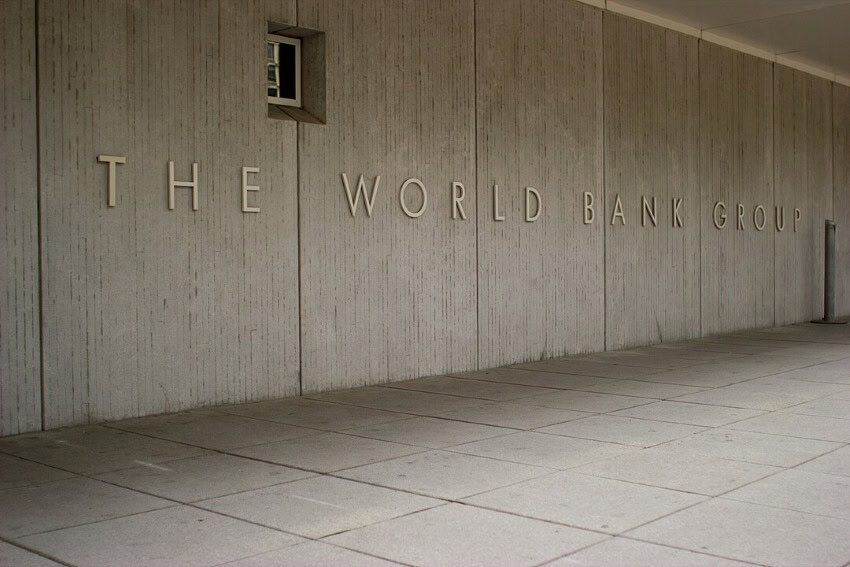A preliminary estimate from Mexico’s national statistics agency INEGI indicates that the country’s economy likely grew 1.8% in January, but adjusted figures for 2024’s fourth quarter suggesting that the economy shrank by 0.3% paint a less optimistic economic picture.
In a social media post Tuesday, INEGI published its preliminary estimate (IOAE) for January. It reflected a gain over January 2024, though the comparisons to December 2024 indicate the economy likely grew by only 0.1%.

A press release from the agency estimates a 1.7% decrease in secondary economic activities (i.e. the mining, manufacturing, construction and electricity sectors) and a 2.8% increase in tertiary activities (which includes commerce, hospitality, transport and financial, insurance, and social services).
At a monthly rate, INEGI forecast a 0.1% increase in the Global Economic Activity Indicator (IGAE), as well as in secondary and tertiary activities, for the first month of this year.
Three weeks ago, the newspaper Debate reported that the Finance Ministry highlighted Mexico’s economic indicators at the end of 2024, specifically 1.5% growth on the previous year, stability in public finances and Mexico setting records in areas such as tax collection.
In addition, inflation was up just 0.29% in January, down from 0.38% in December.
However, 2024 came to a close with Mexico’s first quarterly economic contraction since 2021, according to the news agency Reuters.
Latin America’s second-largest economy shrank in the fourth quarter from the previous three-month period, according to INEGI data cited by Reuters. The preliminary data recorded a 0.6% contraction, but Tuesday’s adjusted figures cut that in half to a 0.3% contraction.

Official fourth-quarter results, as well as updated figures for the IGAE, will be released on Feb. 21.
“The [IGAE] estimates confirm the slowdown of economic activity in 2024,” the financial group Monex said in a statement issued Tuesday.
Monex also said the IGAE figures suggest a “pronounced deceleration in secondary activities, though less severe in activities related to services.”
That the figures indicate a sluggish economy for Mexico comes as no surprise: the World Bank sees Mexico growing by just 1.5% in 2025, a performance that is seen as lagging behind its regional neighbors.
A survey conducted by Mexico’s own central bank was even less sanguine, projecting a growth forecast for 2025 from 1.20% to 1.12%.
